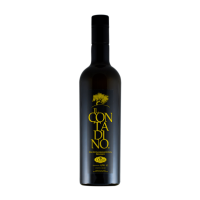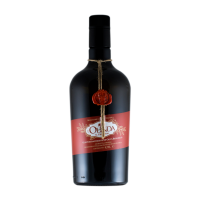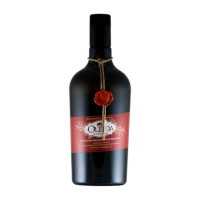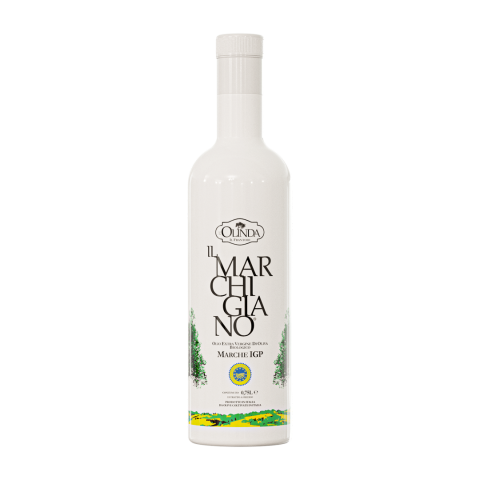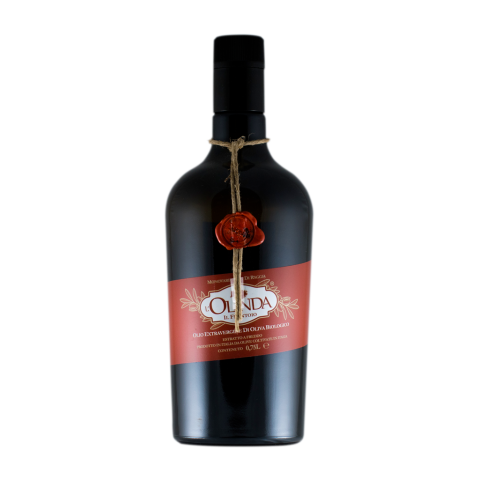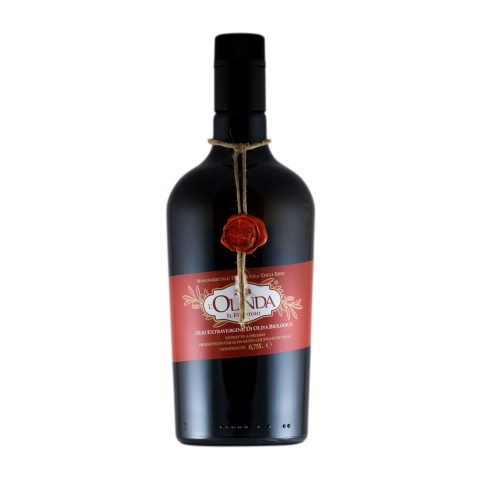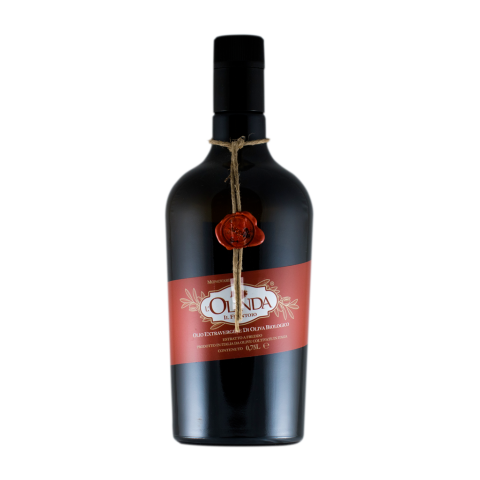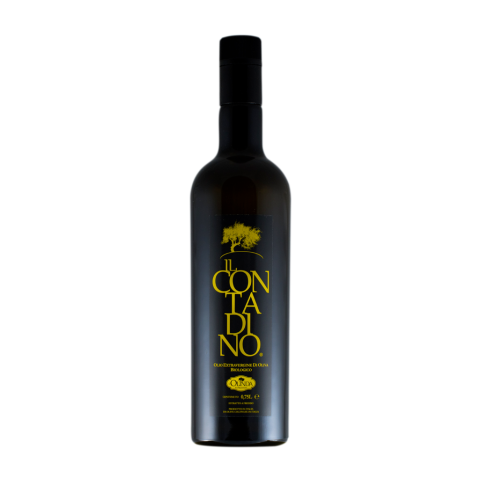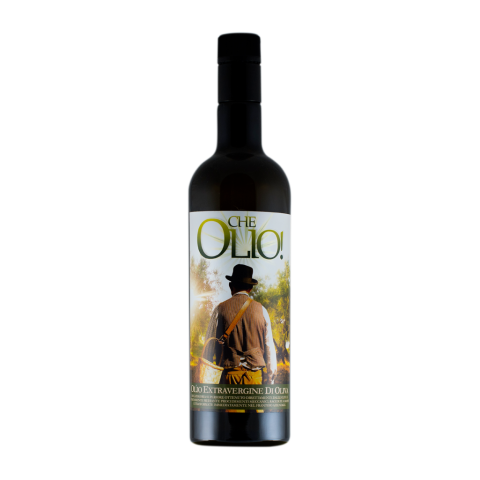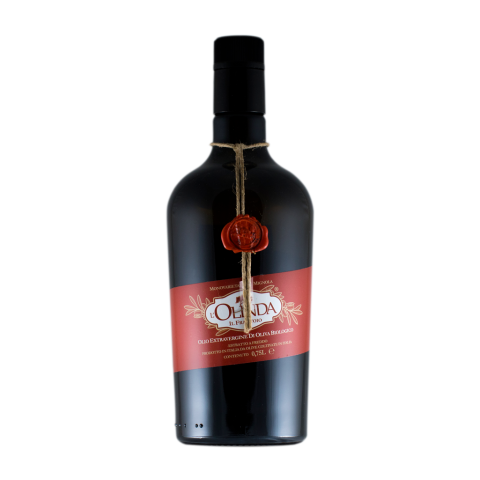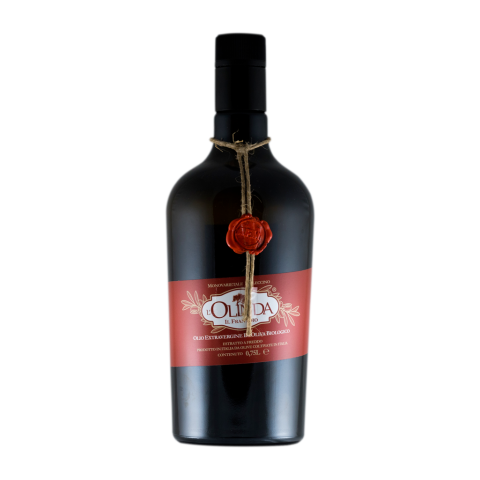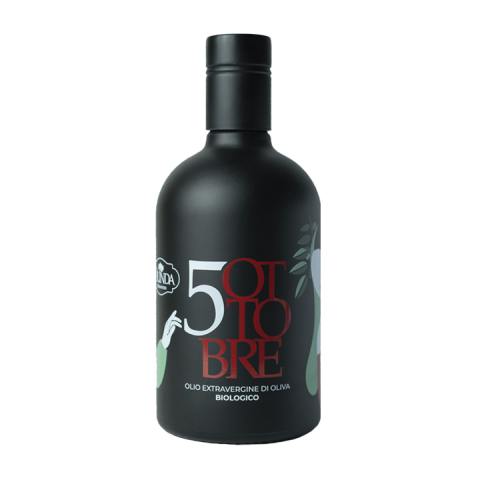Cold extraction: very important for the quality of the olive oil
“What does” cold extraction “mean?
Cold extraction means that the temperature, during the pressing of the olives and the kneading of the pasta, must not exceed 27 ° centigrade. Above this threshold the quality of the oil decreases. Increasing the temperature facilitates extraction, but some important characteristics are compromised and this affects the organoleptic profile of the oil. Sweet notes emerge and the fruity and vegetal sensations are lost.
Is there the “first pressing”?
“Cold pressing” is a mechanical method for extracting vegetable oils without chemical treatments. According to European Union directives, the term “cold extraction” can be indicated on the label if processing with the continuous system (ie extraction by centrifuge) is done at no more than 27 °; “Cold pressing” if extraction takes place with traditional systems, that is, with presses and trays.
Is there also the “second pressing?
“First pressing oil” is an anachronism, an expression without meaning. The second pressing was done when hydraulic presses did not yet exist, but it was counted on the strength of animals or human arms. Then, to extract all the oil, it was probably done two or even three pressings. In that case, “first pressing” meant the best quality oil. Today, solvents are used to extract oil from pomace and pomace oil is obtained.
What is refining?
Oils that are not extra virgin or virgin (because they have an acidity greater than 2% or have significant organoleptic defects) are called lampanti and can be used for feeding only after an industrial process (refining or rectification) that corrects the defects. . First of all, the oil is treated with a soda solution that reduces acidity to practically zero. The acidity (i.e. free fatty acids) with soda turns into soaps. The oil is then “washed” with the water that dissolves the soaps away from the oil. The oil is thus neutralized or deacidified. With bleaching, the oxidized substances present in a “lampante” oil are eliminated with activated “carbon” or bleaching earth. At the end of this second phase, the oil has a very pale straw yellow color, similar to the color of seed oils. Finally with deodorization the oil is heated to over 200 ° C. This eliminates any unpleasant odor. At the end of this phase the “rectified” oil is practically odorless and has a slight pleasant almond flavor. Find out how we produce our organic extra virgin olive oil.
Solvent extraction
The virgin pomace, or the dry residue that remains of the milled olives, still contains minimal quantities of oil. In order to recover it, the pomace is sent to the pomace factories where it undergoes a drying process. It is then mixed with a solvent (hexane) which dissolves all the oil that remains. At this point the solid part is separated from the solvent which, containing oil, is called hexanoline. The solvent is then separated by distillation and we thus have the crude pomace oil which has high acidity, an unpleasant taste and contains all the oxidized substances that had formed during the storage of the pomace. To become edible it must be subjected to the refining process. Refined pomace oil will be obtained which is a weakly colored, odorless, tasteless product.”
